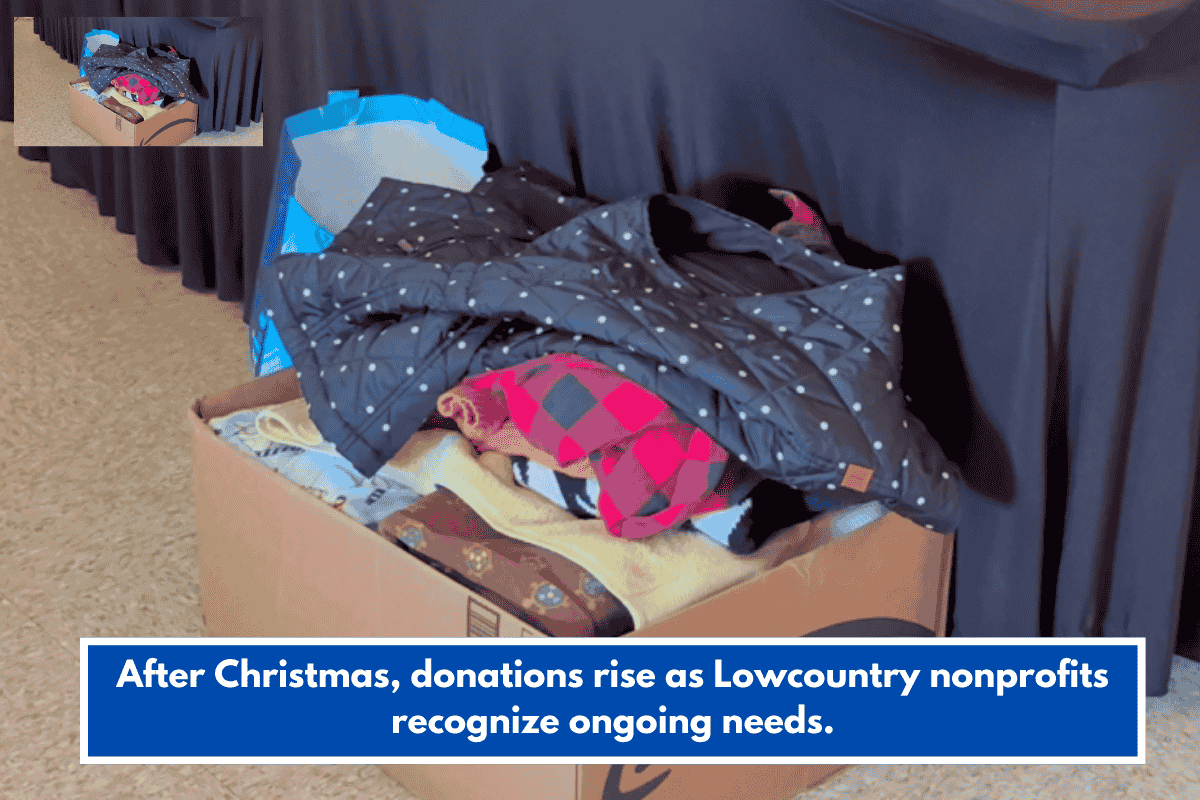Millions of Americans rely on Social Security payments each month to manage their household expenses. Whether you’re retired, disabled, or supporting a family member’s benefits, knowing when payments arrive and how much you may receive is important. In April 2025, some beneficiaries could receive payments as high as $5,108, depending on their earnings and claiming history. In this guide, we explain who qualifies, when payments are sent, and how you can increase your future benefits.
What Are Social Security Payments?
Social Security is a federal benefit program that provides monthly payments to people who are retired, disabled, or survivors of deceased workers. Payments are managed by the Social Security Administration (SSA) and are funded through payroll taxes. These payments help with rent, food, medical bills, and other daily expenses.
Apart from retirement benefits, Social Security also includes:
Survivor benefits for spouses and dependents
Supplemental Security Income (SSI) for low-income individuals
Who Can Get the $5,108 Maximum Payment?
Not everyone qualifies for the full $5,108. This amount is for people who meet three specific conditions:
You worked at least 35 years:
The SSA calculates benefits based on your 35 highest-earning years. If you worked fewer years, zeroes are used in the calculation, lowering your average.
You earned the maximum taxable income:
In 2025, the taxable limit is $176,100. To get the highest benefit, you must have consistently earned this amount (or close to it) for 35 years.
You delayed retirement until age 70:
Waiting to claim benefits after full retirement age (67) increases your monthly amount by 8% per year. Those who wait until 70 get the highest possible payout.
Social Security Payment Schedule for April 2025
The SSA sends payments based on your birthday and when you first started receiving benefits. Here’s the schedule for April 2025:
April 1 – SSI recipients
April 3 – People who started benefits before May 1997 or receive both SSI and retirement
April 9 – Birthdays from 1st–10th
April 16 – Birthdays from 11th–20th
April 23 – Birthdays from 21st–31st
Always check the SSA website (ssa.gov) for updates, especially if holidays fall near your payment date.
How to Check Your Eligibility & Estimate Your Benefit
To find out how much you could receive:
Go to ssa.gov/myaccount
Create a free account or log in
Review your earnings history and future payment estimates
You’ll see how different retirement ages affect your monthly check and can track how close you are to qualifying for the maximum benefit.
Tips to Maximize Your Social Security Benefits
Even if you’re not eligible for the full $5,108, there are smart ways to increase your benefits:
Delay your claim:
If you wait beyond full retirement age, your payments grow each year until age 70.
Work at least 35 years:
Fewer years means lower average earnings. Add more years to replace lower-earning ones.
Check your SSA earnings history:
Mistakes in your record could lower your benefit. Fix errors quickly by contacting SSA.
Coordinate with your spouse:
Spousal and survivor benefits can help couples increase their total income. Strategic planning together can pay off.
Watch out for taxes:
If your income is high, up to 85% of your benefits could be taxed. Plan ahead with a tax advisor to manage this.
Real-Life Examples
John, age 62:
Started benefits early. Receives about $1,335/month (30% less than if he waited).
Maria, age 67:
Claimed at full retirement age. Gets the average benefit: $1,907/month.
Kevin, age 70:
Earned the maximum and delayed benefits. Now receives $5,108/month.
Emily & James, married couple:
Emily delayed until 70. James used spousal benefits early. Their combined planning gave them more income for life.
Social Security remains a key source of income for older Americans. While only a few reach the top benefit of $5,108/month, knowing your options and planning ahead can help you receive more in the long run. Create your account, check your work record, and make retirement choices with your future income in mind. A little preparation now can lead to more security later.














